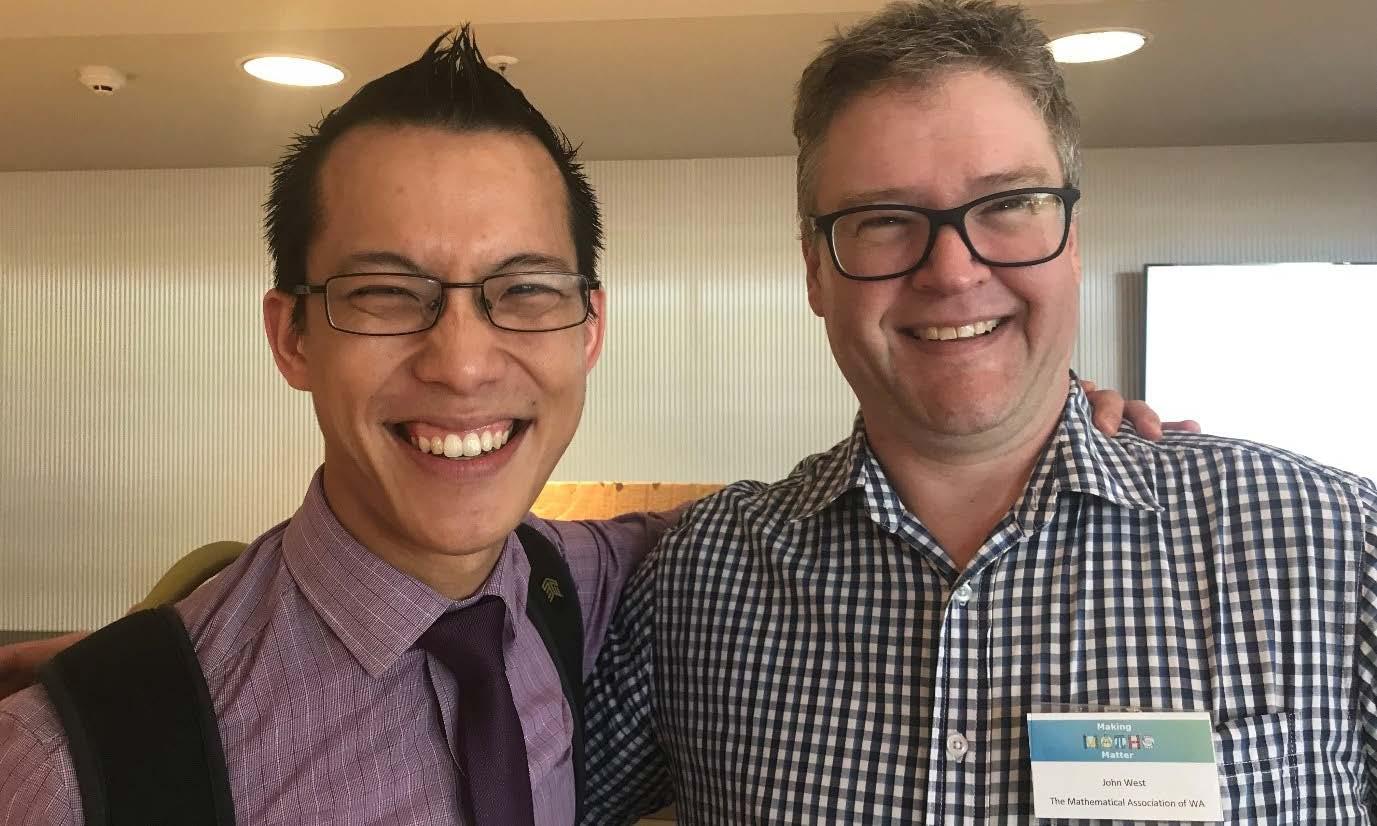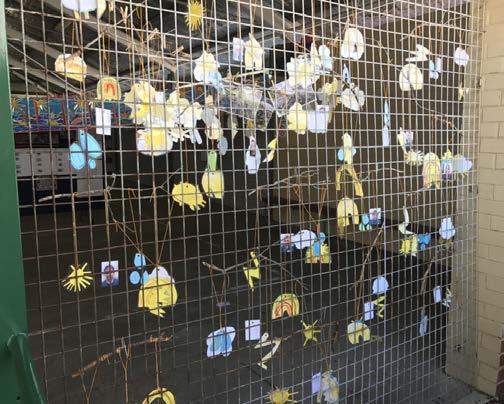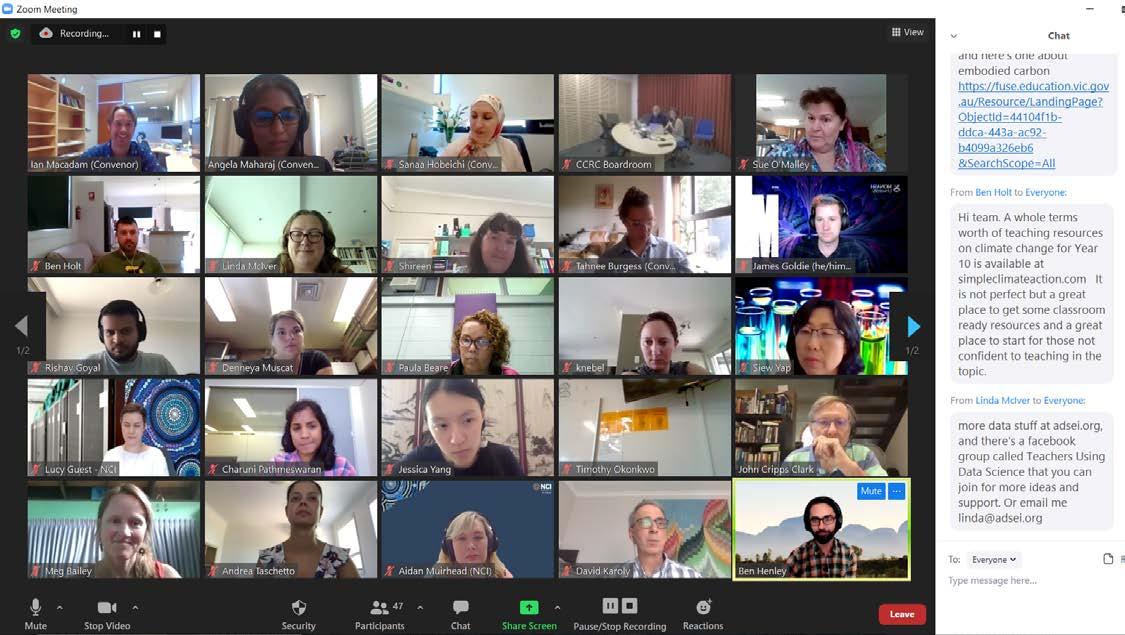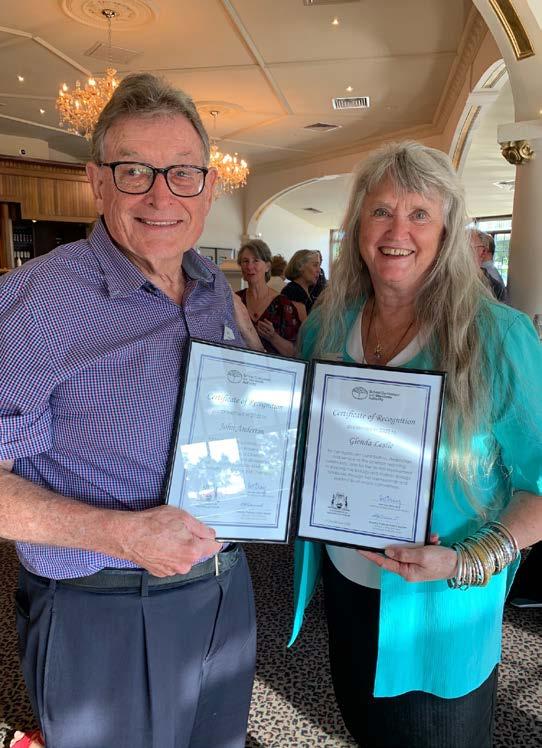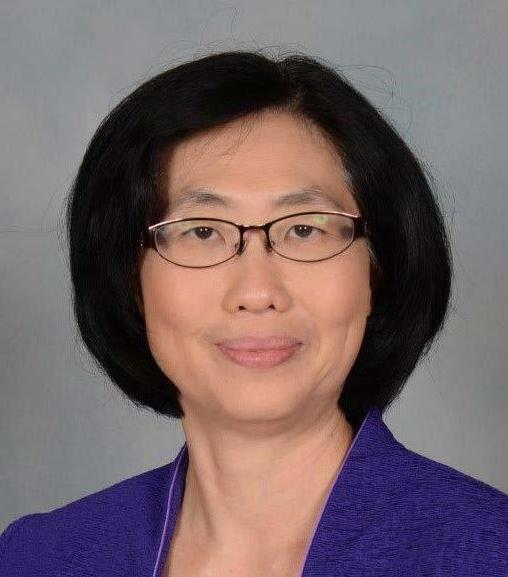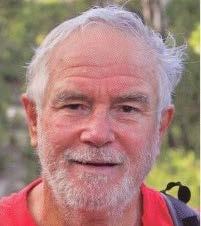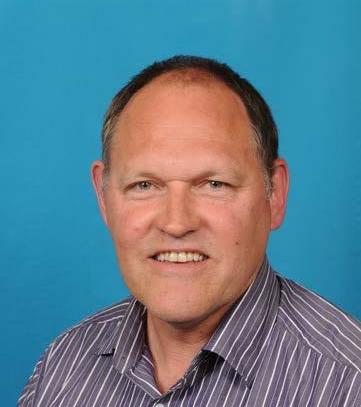
6 minute read
STEM
from SCIOS March 2021 Volume 61
by STAWA
Christina Lee
What does this acronym mean to you?
The very notion of linking these four areas of study – Science, Technology, Engineering and Mathematics, was a very positive approach towards breaking down barriers. This allows students to see their learning at school not through separate compartments but as knowledge skills and understandings that could be used in a variety of contexts to investigate, analyse and create. Since the inception of this approach, there has been an enormous body of work undertaken under this banner and it is viewed by many to be an opportunity for all students to engage in the sciences.
From my many years in working with students in the lower secondary school, I have witnessed how important connection and relevance is to the students’ engagement in their learning. Over decades of teaching in the classroom, this became more and more apparent and today we are facing students who will have or are going to experience so much by the time they reach Secondary School. In my own practice, the work of Piaget (1952) and Vygotsky (1978) have played a prominent part in my beliefs and my practices as a teacher. Constructivist values make sense and to the young people we work with. However, there are still some who are teaching in a way which relies on students’ memorising and copying to achieve results. This modelling of behaviours and copying may serve some well and they may do well in their examinations but what comes after this? Where are the honed skills of critical thinking? Where is the creativity if all the students have done is replicate what the teacher or educator has shown them?
The linking of these four learning areas encourages critical thinking and creativity. The barriers are broken down; investigations can proceed and there is room for experiment to be conducted using numeracy skills such as probabilities and statistics, use of computational models including inferences and deductions that can be made.
A student is seen here totally engaged in problem solving, being creative and having choices.
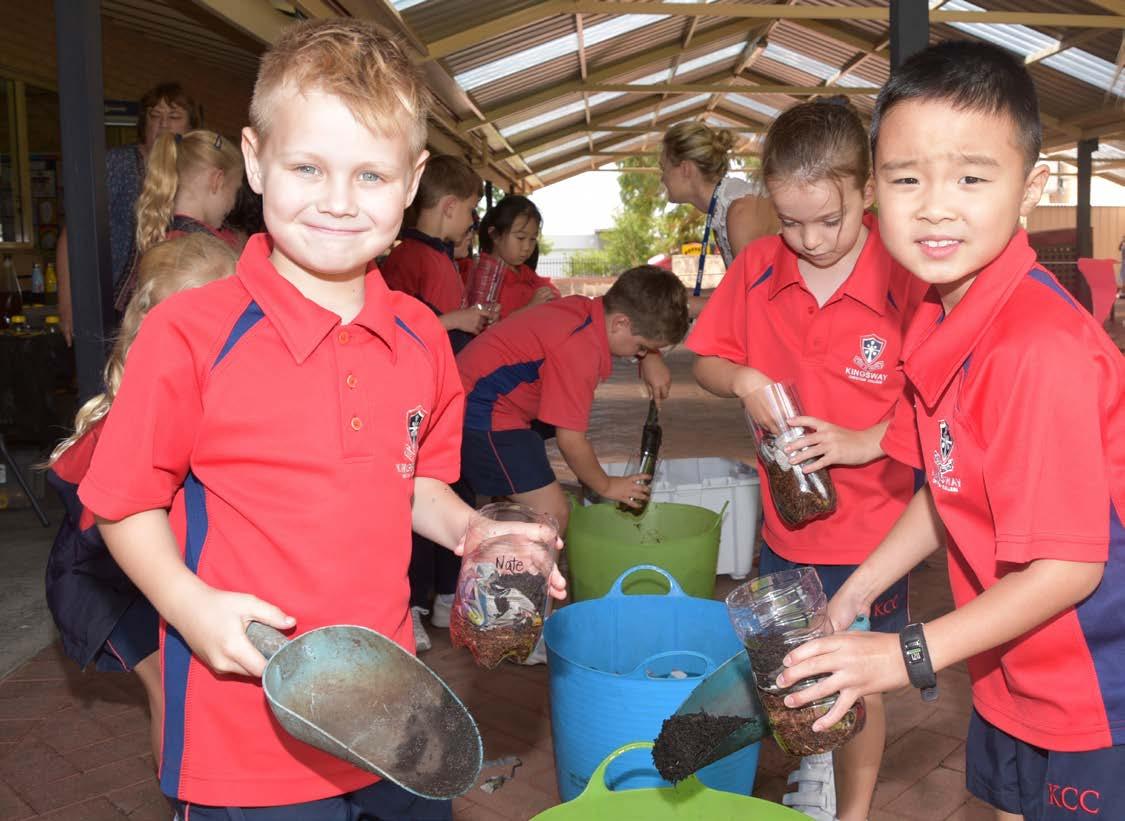
Learning should be exciting, fun and above all satisfying. Middle years students enjoy having choices and being given purposeful work. I would suggest empowering students helps develop that mutual respect we aim for in the classroom. I mentioned Vygotsky (1978) earlier; this is not an academic work rather a contribution from a teacher who is passionate about teaching and learning. Whilst I respect so much of what Piaget has said about child development it is to Vygotsky’s work that I pay much more attention to when considering the classrooms of today. The idea of a `Zone of Proximal Development’ is something I have witnessed so many times in the classroom as a teacher. If I try to teach a concept where the student does not have the prior knowledge, it can be a very negative experience for all. If I try to teach something they were not interested in or something they already knew, this too would not be a positive experience either.
We need to build on what they know and how do we assess this prior knowledge? This is an area where I think a change will need to happen here. There is so much learning happening outside the classroom where we can tap into these as applications; we need to harness this in the classroom and build from there.
You may well be asking when the writer is going to talk about STEM and indeed this would be a fair question. Those who know me know I like to tell stories in the classroom; we set the scene and hopefully engage the students. Who does not love a good story?
What could be the story around STEM? Where do you start? Is it with Science as the acronym would suggest, or could it be with Mathematics? In my experience, it has been the Science that has led the study and there is no problem with this unless the mathematics is seen as a second-tier learning experience and therefore not as important. Recently I have had the pleasure of working with teachers on a unit of study which explored the union of science and mathematics in the primary classroom. This work highlighted for me the importance of these
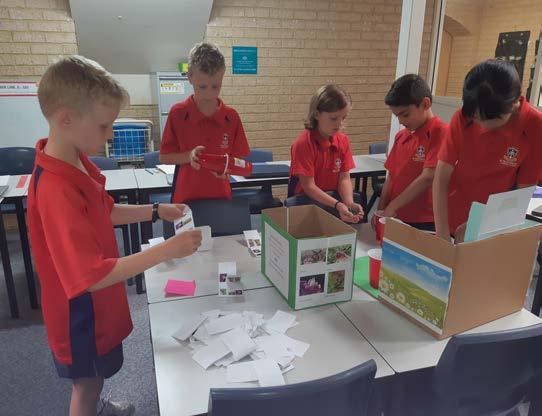
two learning areas working together with engineering and technology.
It would be interesting to read the review of the Australian Curriculum when it is finally completed. Will there be the opportunity for more depth in curriculum rather than breadth? By connecting learning areas, concepts can be taught in a more meaningful way much as our students learn in this technologically enhanced world. I speak here of personal experience with my two young grandsons. One is 7 years old and the other is 15 years old. They are connected not just as cousins but as learners outside the classroom. Both are using an application which allows them to plan create build, solve problems etc. Just last week the seven-year-old was having a problem so he messaged his 15-year-old cousin to seek advice. The fifteen-year-old screen shot a possible solution and sent it to his younger cousin. What really struck me is that both boys are not particularly interested in school although they are doing satisfactorily. The younger student is not too keen on reading yet when using the technology, he is reading instructions, making choices and decisions based on science, mathematics and engineering as he builds his constructions. I was truly amazed watching how he selected appropriate tools for the tasks and how he bartered to get the tools he needed. The integration of all three learning areas is just superb to watch as the child is absorbed in his model building.
There are some wonderful websites which aim to see students use their skills, knowledge and understandings to develop their higher order thinking skills and these provide rich sources of learning opportunities for our students through the multifaceted lens of STEM. However, this lens must focus on the important conceptual development each learning affords our students. What is important in this Science project? What mathematics is involved? What are the key ideas? How will Technology and Engineering be involved? These are the questions that need to be asked before a unit of work is produced under the umbrella of STEM. We know how ineffective an umbrella is when one of the spokes is broken; it works but not as well as it could have.
This is an exciting time to be in education and it has never been a more demanding time and yet the possibilities are boundless.
To conclude I would like to suggest a second layer to the STEM acronym. Could we say that these areas of study are Significant, Timely (21st century), Emboldening (for the brave new world) and lastly Memorable. Students with a STEM background are ready to tackle the problems we face today and in the very near future. What could be more important?
About the Author
Dr Christina Lee has been an educator for more than forty years teaching in Scotland, New Zealand and Australia. Currently she is working as a sessional teaching academic at Curtin University. Her passion is to help each student find success as a learner in mathematics. She also actively seeks to promote curiosity, purposefulness and engagement in her work. She regards STEM is a powerful vehicle to meet the learning needs of the 21st century students

